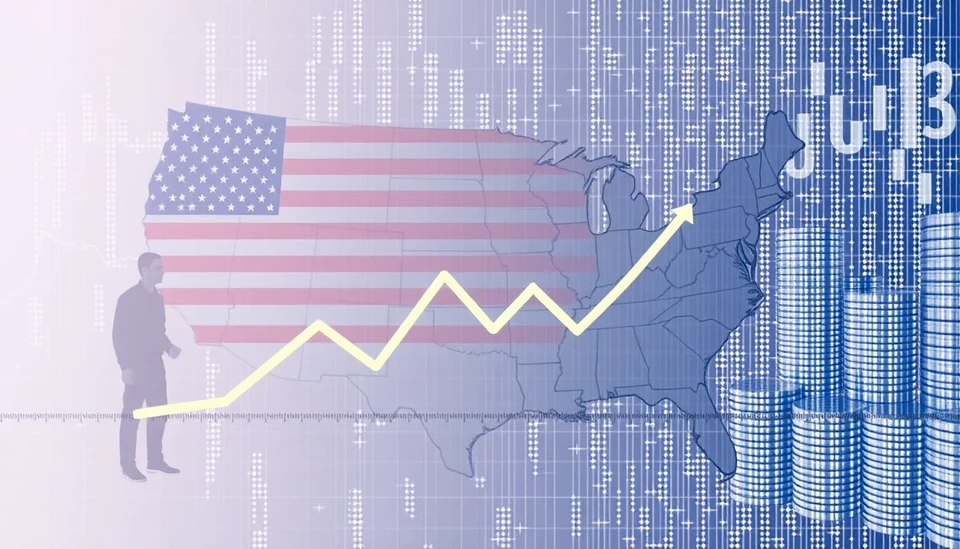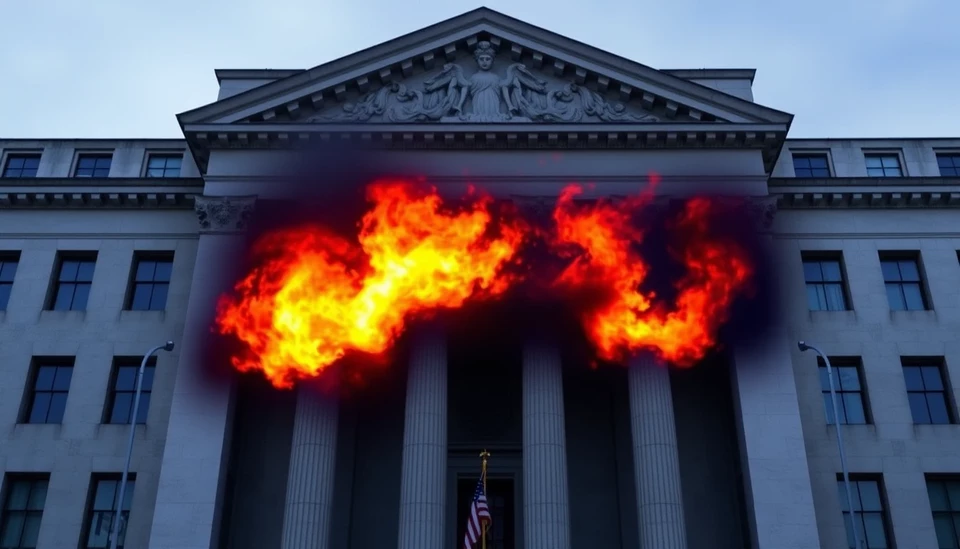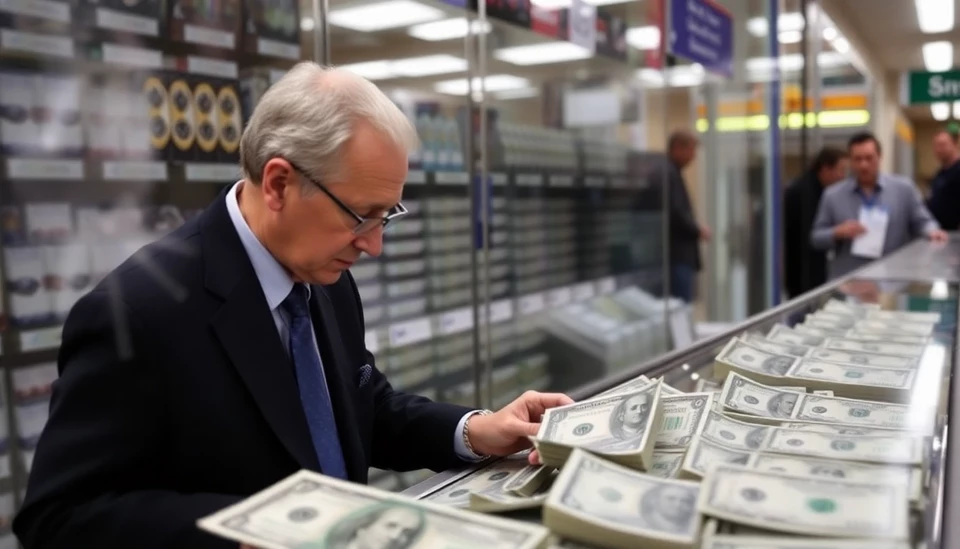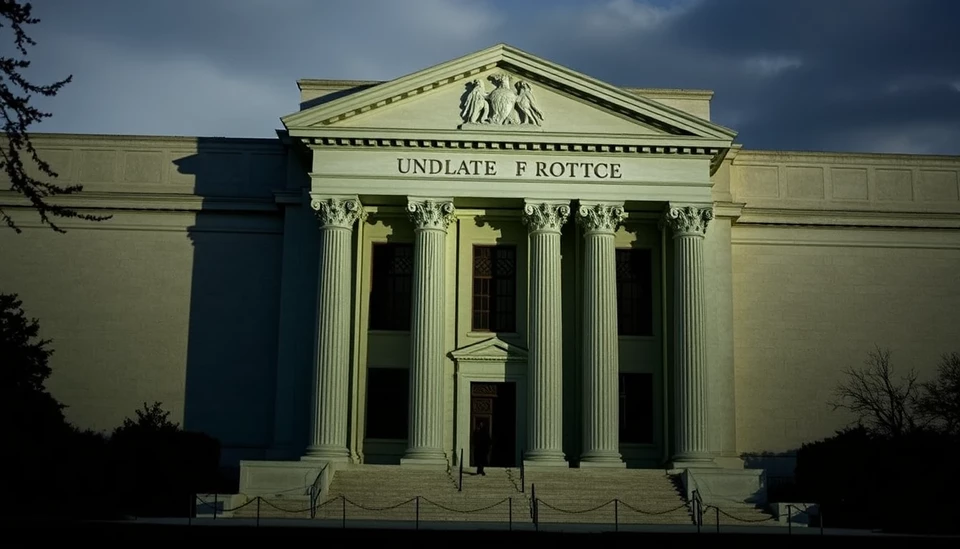
In a surprising economic shift, recent data indicates that US inflation has unexpectedly cooled. This development comes just as the anticipated impact of new tariffs on a variety of consumer goods is set to hit the market. Experts were bracing for a rise in inflation caused by these tariffs, yet the latest figures suggest a different narrative.
The Consumer Price Index (CPI), a key indicator of inflation, revealed a month-over-month increase of only 0.2%, significantly lower than economists' predictions of 0.4%. Year-over-year, inflation decreased to 3.4%, down from 4.1% in the previous month. This decline is noteworthy because it marks the first decrease in annual inflation rates observed since early 2023, providing a glimmer of hope for consumers and policymakers alike.
Economists have been closely monitoring the potential ripple effects of the tariffs, which President Biden announced as part of a broader trade strategy aimed at countering international competition. The tariffs are expected to particularly affect industries such as textiles, electronics, and household goods. Despite fears that these measures would exacerbate inflation, the current data suggests a more stable economic environment than previously anticipated.
Federal Reserve officials have reacted cautiously to the inflation update. Many in the central bank were prepared to implement further interest rate hikes in light of a prolonged inflationary period. However, this latest decline may lead to a re-evaluation of their strategy. With the job market remaining robust and consumer spending holding steady, the Fed may decide to take a wait-and-see approach in upcoming meetings.
Analysts attribute the downward trend in inflation to several factors, including easing supply chain disruptions and a gradual return to normalcy following the post-pandemic economic upheaval. Additionally, there has been a noticeable shift in consumer behavior, with many opting for savings over spending in light of economic uncertainties.
The market's response to the news was optimistic, with major indices reflecting gains. Investors appeared reassured that the Fed might not adopt a hawkish stance, fostering confidence in sustained economic growth. Analysts remain divided on whether this cooling trend in inflation will be temporary or indicative of a more profound shift in economic dynamics.
As businesses and consumers prepare for the impending effects of tariffs, the unexpected decline in inflation brings a breath of fresh air to the economic landscape. Nonetheless, the situation remains fluid, and future data will be crucial in determining how these recent developments will shape the broader economic framework.
In summary, while the latest inflation figures offer a momentary reprieve from escalating prices, the specter of tariffs looms large. Policymakers, businesses, and consumers will need to navigate this complex environment, one where the intersection of inflation trends and trade policies will play a crucial role in shaping the economy’s path forward.
Stay tuned for updates on this developing story as we keep a close eye on inflation trends and the impacts of upcoming tariffs on the economy.
#USInflation #Economy #Tariffs #ConsumerPriceIndex #FederalReserve #MarketReaction #EconomicTrends
Author: Daniel Foster




